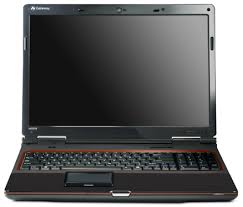
2)router is a networking device that forwards packets between networks using information in protocol headers and forwarding tables to determine the best next router for each packet. Routers work at the Network Layer (layer 3) of the OSI model and the Internet Layer of TCP/IP.
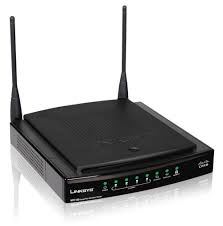
3.)hub contains multiple ports. When a packet arrives at one port, it is copied unmodified to all ports of the hub for transmission. The destination address in the frame is not changed to a broadcast address.
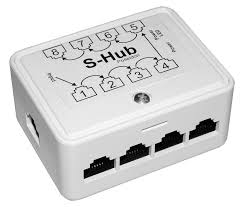
4.)Switches
A network switch is a device that forwards and filters OSI layer 2 datagrams (chunk of data communication) between ports (connected cables) based on the MAC addresses in the packets.[8] This is distinct from a hub in that it only forwards the frames to the ports involved in the communication rather than all ports connected. A switch breaks the collision domain but represents itself a broadcast domain. Switches make forwarding decisions of frames on the basis of MAC addresses. A switch normally has numerous ports, facilitating a star topology for devices, and cascading additional switches.[9] Some switches are capable of routing based on Layer 3 addressing or additional logical levels; these are called multi-layer switches. The term switch is used loosely in marketing to encompass devices including routers and bridges, as well as devices that may distribute traffic on load or by application content (e.g., a Web URL identifier).
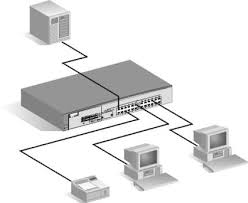
5.)Remote bridges: Can be used to create a wide area network (WAN) link between LANs. Remote bridges, where the connecting link is slower than the end networks, largely have been replaced with routers.

6.)Wireless bridges: Can be used to join LANs or connect remote stations to LANs
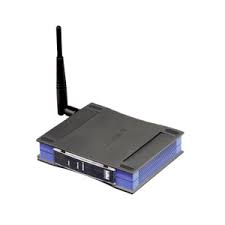
7.)Repeater is an electronic device that receives a signal, clean it from the unnecessary noise, regenerate it and retransmits it at a higher power level, or to the other side of an obstruction, so that the signal can cover longer distances without degradation. In most twisted pair Ethernet configurations, repeaters are required for cable which runs longer than 100 meters.
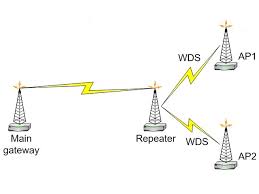
8.)Data Link Layer is Layer 2 of the seven-layer OSI model of computer networking. It corresponds to or is part of the link layer of the TCP/IP reference model.
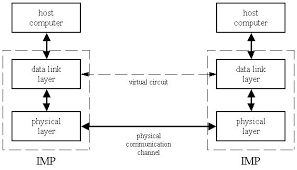
9.)Point-to-Point Protocol (PPP), HDLC and ADCCP for point-to-point (dual-node) connection

10.)Open Data-Link Interface (ODI), developed by Apple and Novell, serves the same function as Microsoft and 3COM's Network Driver Interface Specification (NDIS). Originally, ODI was written for NetWare and Macintosh environments. Like NDIS, ODI provides rules that establish a vendor-neutral interface between the protocol stack and the adapter driver. It resides in Layer 2, the Data Link layer, of the OSI model. This interface also enables one or more network drivers to support one or more protocol stacks.
No comments:
Post a Comment